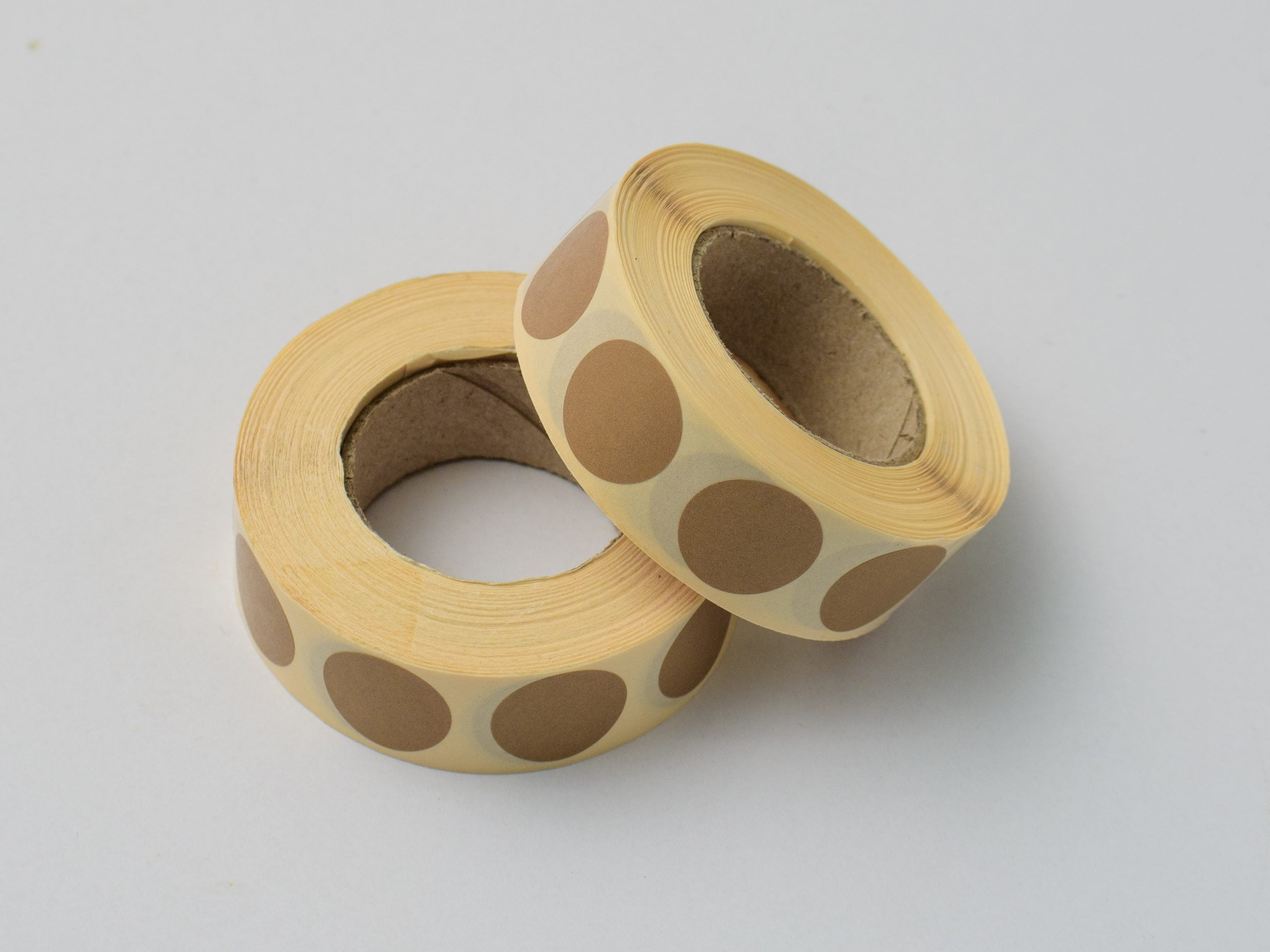
Going for Success: Mastering IPSC Cardboard Targets
Introduction
In the world of competitive shooting, IPSC (Worldwide Practical Shooting Confederation) is a popular and tough sport that requires precision, speed, and accuracy. To excel in this sport, shooters must train rigorously and master various aspects of shooting techniques. One essential component of IPSC training is mastering cardboard targets, which are used to replicate real-world shooting situations. In this short article, we will check out the value of IPSC cardboard targets and offer valuable insights on how to accomplish success in mastering them.
Why IPSC Targets Matter
IPSC targets play a crucial function in training shooters for real-life situations. These targets are developed to mimic human shapes and are often made from cardboard. They come in different sizes and shapes, varying from full-sized humanoid targets to partial or miniaturized variations. By experimenting these targets, shooters can enhance their marksmanship skills, speed, and decision-making abilities.
The Role of IPSC Cardboard Targets in Training
Enhancing Accuracy and Precision
Aiming for Success: Mastering IPSC Cardboard Targets needs shooters to develop exceptional accuracy and accuracy. These targets feature scoring zones that reward precise shots with greater points. By consistently engaging with these targets throughout practice sessions, shooters learn to aim for specific locations such as the head or center mass. This concentrate on accuracy helps improve overall accuracy when engaging real-world threats.

Simulating Real-Life Scenarios
IPSC cardboard targets are designed to simulate real-life circumstances come across by police officers or armed civilians. They often include different visual prompts such as "hostage" scenarios or "shoot/no-shoot" circumstances. By training with these sensible simulations, shooters can develop quick decision-making skills while under pressure. This is important for efficiently navigating high-stress circumstances where split-second choices can mean the difference between success and failure.
Improving Speed and Reaction Time
IPSC competitors are known for their emphasis on speed. Shooters are needed to engage numerous targets within a short duration, often while moving in between shooting positions. By experimenting IPSC cardboard targets, shooters can enhance their reaction time and speed in target engagement. This training translates into faster draw times, quicker target shifts, and total enhanced efficiency in IPSC competitions.
Choosing Quality IPSC Cardboard Targets
To effectively train for IPSC competitors, it is necessary to pick premium cardboard targets that properly simulate real-world situations. Here are some key elements to think about when picking IPSC cardboard targets:
Durability: Look for targets made from resilient corrugated cardboard that can endure repeated hits without tearing or falling apart.

Scoring Zone Clarity: Ensure that the scoring zones on the target are clearly defined and simple to identify, enabling accurate rating tracking throughout training sessions.
Realistic Design: Select targets that closely resemble human silhouettes to simulate real-life shooting circumstances more effectively.
Versatility: Pick targets that can be quickly customized to fit different training situations by adding accessories or overlays.
Affordability: Think about the cost-effectiveness of the targets without jeopardizing on quality or durability.
One brand that satisfies these requirements is Shoot N' Train ipsc classic targets Shoot N' Train IPSC Targets. Their top quality cardboard targets use extraordinary resilience, clear scoring zones, sensible styles, adaptability, and cost - making them a perfect choice for shooters aiming for success in mastering IPSC cardboard targets.
Frequently Asked Concerns (FAQs)
1. Are IPSC cardboard targets suitable for beginners?
Yes, IPSC cardboard targets appropriate for shooters of all ability levels. Newbies can benefit from practicing with these targets as they provide a reasonable simulation of shooting situations encountered in real-life situations.
2. How typically should I practice with IPSC cardboard targets?
Consistency is key in mastering IPSC cardboard targets. It is recommended to practice at least two times a week, dedicating adequate time to establish accuracy, speed, and decision-making skills.
3. Can I utilize IPSC cardboard targets for other shooting disciplines?
While IPSC cardboard targets are mainly designed for IPSC competitors, they can be valuable training aids for shooters associated with other shooting disciplines as well. The concepts of precision, precision, and speed translate across different shooting sports.
4. Are Shoot N' Train IPSC Targets suitable for outside use?
Yes, Shoot N' Train IPSC Targets are created to withstand outdoor conditions. Their durable construction makes sure that they remain intact even when exposed to numerous weather conditions.
5. How do I set up IPSC cardboard targets for training sessions?
IPSC cardboard targets can be quickly set up utilizing target stands or mounting systems specifically developed for this purpose. Ensure that the targets are placed in a safe location with an appropriate backdrop to catch any stray rounds.

6. Can I customize Shoot N' Train IPSC Targets for particular training scenarios?
Yes, Shoot N' Train IPSC Targets use personalization alternatives such as attachable overlays or attachments that enable you to develop various circumstances and boost the training experience.
Conclusion
Mastering IPSC cardboard targets is an important step towards accomplishing success in competitive shooting. By integrating these targets into your training regimen and following the tips outlined in this post, you can improve your precision, precision, decision-making abilities, and general performance in IPSC competitions. Remember to choose quality targets like Shoot N' Train IPSC Targets to guarantee a practical and reliable training action air targets athens Shoot N' Train experience. So, goal high, practice consistently, and work towards mastering IPSC cardboard targets - your ticket to success on the planet of competitive shooting!